Skills strategy: Learning outcomes are business outcomes
Three learning leaders share their experiences and strategies for better L&D in a skills-focused world of work.
Why You Should Care
Coursera and UNLEASH welcomed L&D experts Serena Gonsalves-Fersch and Claire Doody to a recent webinar.
They bring their extensive experience to bear to crack the skills conundrum and work on strategies for a better learning environment at work.
Never has a question needed addressing with such urgency as “Are you levelling up your L&D?” In a time when both internal and external pressures exert themselves on businesses of all sizes, solving the skills conundrum is of critical importance.
But as we came to realize over the course of this hour-long webinar in partnership with Coursera, the learning and development of your workforce is no longer just a concern of the L&D department. Learning and HR teams no longer sit in isolation; their outcomes are business outcomes, and connecting the two is vital.
It was with great anticipation of energetic discussion that UNLEASH welcomed three learning experts to the webinar: SoftwareOne’s Serena Gonsalves-Fersch brought insights from her new doctorate research, Work in Motion founder and ex-Twitter HR leader Claire Doody imparted her blue chip experience, while Coursera’ s George Anthony gave us the partner perspective with data from his organization’s 100+ million learners.
An L&D reality check
Gonsalves-Fersch set an interesting tone by asking a deliberately provocative question – if the L&D department was taken away tomorrow, would anyone notice? Would learning stop? There’s a reason for these existential crisis-inducing questions, and it’s about defining roles in a workplace paradigm. L&D leaders are the facilitators and the strategists – or at least, they should be.
Claire Doody was quick to note that there’s room for improvement across the board, as “there is no playbook” and “very few people have nailed this space”, but admitting that it’s acknowledged as an area of concern and opportunity, because “there is an awareness about this as a critical area, and it’s not just about L&D.”
George Anthony agreed, making the point that “any skill development initiative needs to deliver an impact to the organization”. It wouldn’t be the last time we’d hear words to a similar effect, as the session progressed.
The overall goal, for organizations to keep their competitive edge, is to embed a culture of learning, and one that enables growth. Serena Gonsalves-Fersch pushed back on the idea that skills strategy and business alignment are being written off as a fad, noting that “employee growth and organizational growth [may be] why it’s back on the agenda, but it should have never left… a skills strategy is about more than L&D. It’s about succession planning too”, before identifying an uncomfortable truth about the influence of L&D, while also suggesting how it can change:
“The people with the least ability to control skills and in the organization is learning and development; you need to work with your broader talent structure.”
So – don’t work in silo; consult, if you care about having an impact. Claire Doody asked for a shift in mindset, and that “what you really want to understand is what’s in it for the business.” But as much as it’s about business goals, employees need to take responsibility for driving the skills agenda too. “The ability to learn sits with the employee – L&D has to be owned by every person who is learning”, demanded Gonsalves-Fersch, and George Anthony agreed: “The learner needs to be able to link their learning to a positive business outcome.”
The challenge to the audience
Of course – it isn’t that simple. “The challenge for L&D leaders is this; how can I deliver value quickly while also having a long term strategy, and with realistic milestones?” asked Doody, and Anthony carried on the utopian thinking: “Imagine If skills and business outcomes marched in lockstep, and were communicated to the end learner population, you’d have this beautiful forward motion of alignment.”
Final thoughts left the audience keen to take action, from Claire Doody’s “lean into the discomfort of not knowing, to Serena Gonsalves-Fersch’s call to “connect with your TA team, with whoever owns performance management. Look at how skills development connects to broader business functions.”
Of the themes that kept coming back through the session (leaning in, focusing on outcomes, alignment), there was one that stood out: connection. The time is now, for L&D to integrate and line up with organizational goals.
Sign up to the UNLEASH Newsletter
Get the Editor’s picks of the week delivered straight to your inbox!

Editorial content manager, UNLEASH
Jon has 20 years' experience in digital journalism and more than a decade in L&D and HR publishing.
Contact Us
"*" indicates required fields
Partner with UNLEASH
"*" indicates required fields
